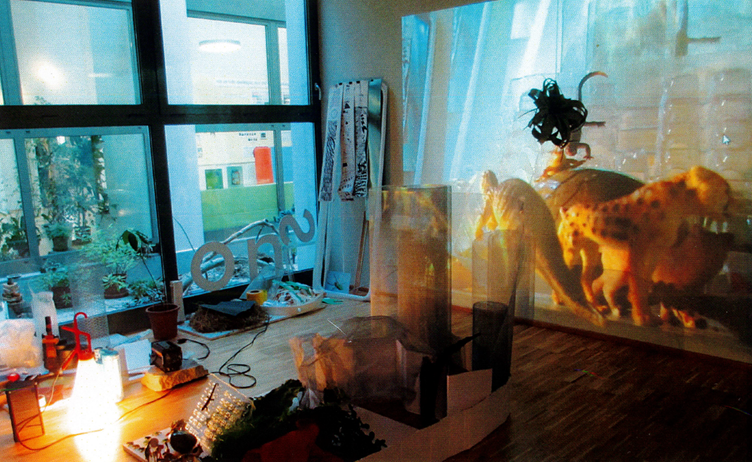The quality of learning environments in childcare has improved considerably since the introduction of the National Quality Standards in 2012. The research shows that both parents and Educators value learning environments that are welcoming, make children feel safe, and support learning (Hall, 2017).
This isn’t just a case of choosing the right cushions, it’s about designing spaces that support children’s cognitive development and it’s important to get it right, with over 1.3M children attending an approved childcare service 3 days per week on average.
Learning environments as the 'third educator'
For centres following the Reggio Emilia approach to early childhood education, learning environments are referred to as the ‘third teacher’ (Hebert, 1998; Moore & Sugiyama, 2007; Weinstein, 1987). For those of you wondering, the first and second teachers are the educators and program quality...
The Reggio Emilia approach refers to the method of education adopted by schools established after World War II in the small town of Reggio Emilia in Italy. Get ready for some academic talk; a ‘Reggio approach’ to centre design is an ‘inherently participatory, socio-material process – affecting and affected by the space in which learning is happening, and the formative interactions of learners, their peers and teachers within the designed environment’ (Hall, 2017). Essentially this means that a collaborative a child-centred approach is taken to learning.

(Image credit, Scuola dell'Infanzia Comunale e Scuola Primaria Statale nel Centro Internazionale Loris Malaguzzi Reggio Emilia, Italy 2012)
Exploration, Independence and development
Learning environments need to be designed to provide children with the opportunity for exploration, to learn through play, engage with their peers, develop self-confidence and social skills. These spaces don’t have to be large and unobstructed, but rather include variability in design elements (like different ceiling heights, private refuge spaces and tents). It’s also important for spaces to be flexible, allowing different types of play at different times, including quiet and more active play.
Spatial Quality
In practice this means spaces that feel open, warm and light. Ample windows, the right orientation of the building on the site to maximise sunlight at the right time of day and high ceilings all help create optimal spatial quality. Care is taken to reduce noise levels, as excessive and uncontrollable noise can have a significant negative impact cognitive development.
Integration of the indoors and outdoors
The presence of large windows, and the ability for children to easily engage with the outdoor environment both visually and physically is beneficial for children’s development. Ideally, children have the opportunity to freely choose when and how they engage with the centre’s outdoor spaces.
Safety
For parents, the safety of your child is paramount. Before a new centre can open its doors, the design and fit-out must meet the requirements of the Building Code (NCC) and be approved by Council and the Department of Education. Safe environments allow Educators to focus on opportunities to engage in learning with the children, rather than being constantly on the lookout for potential hazards.
It's the vibe...
Optimal design of a learning environment is a tricky thing to objectively assess. Most often, the quality of a centre’s learning environment comes down to how you feel when you walk in. Does it feel like home; inviting, safe, bright and linked to the outdoors? Everyone’s looking for something slightly different, but if you feel this way when you visit a centre, you’re onto a winner.
Need further advice or have more questions? Don’t hesitate to reach out to the team on enquiries@futuro.nsw.edu.au!

